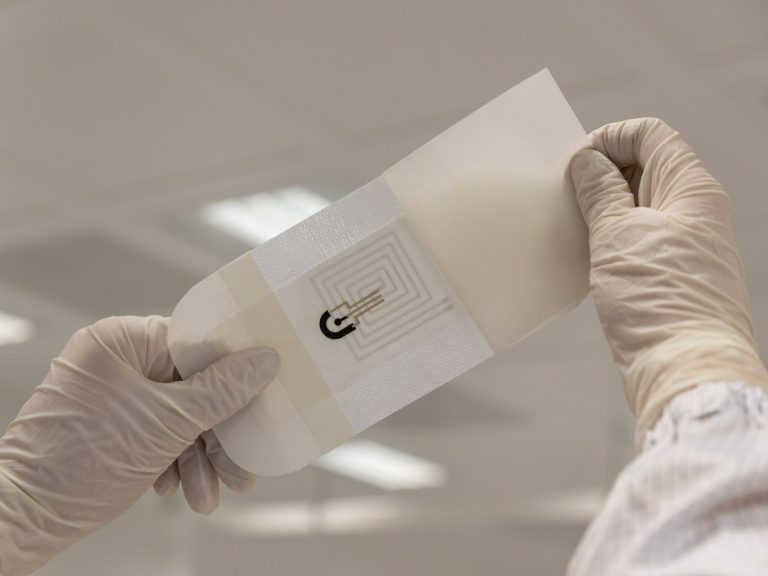The Presena glacier in the Alps turns pink. This is a dangerous phenomenon

Pink snow, believed to be caused by algae, has been observed on part of the Presena Glacier in the Presanella Mountains in the Italian Alps. This plant is dangerous because it makes the ice darker and melts faster.
Scientists from Italy are investigating the mystery of pink snow, but it is most likely caused by algae, which accelerate the effects of climate change. Biagio Di Mauro from the Italian National Research Council explains that the phenomenon is probably caused by the same plant as in Greenland. – The alga is not dangerous in itself, it is a natural phenomenon that occurs in spring and summer in mid-latitudes, but also at the poles – he explains.
The plant known as Ancylonema nordenskioeldii, is present in the so-called Greenland dark zone, where the ice is also melting. Typically, ice reflects more than 80 percent. solar radiation. However, when algae appear on it, the ice darkens, absorbing heat and melting faster. This, in turn, gives the alga ideal conditions for development – access to water and air. “Anything that darkens the snow causes it to melt because it accelerates the absorption of radiation,” Di Mauro says.






